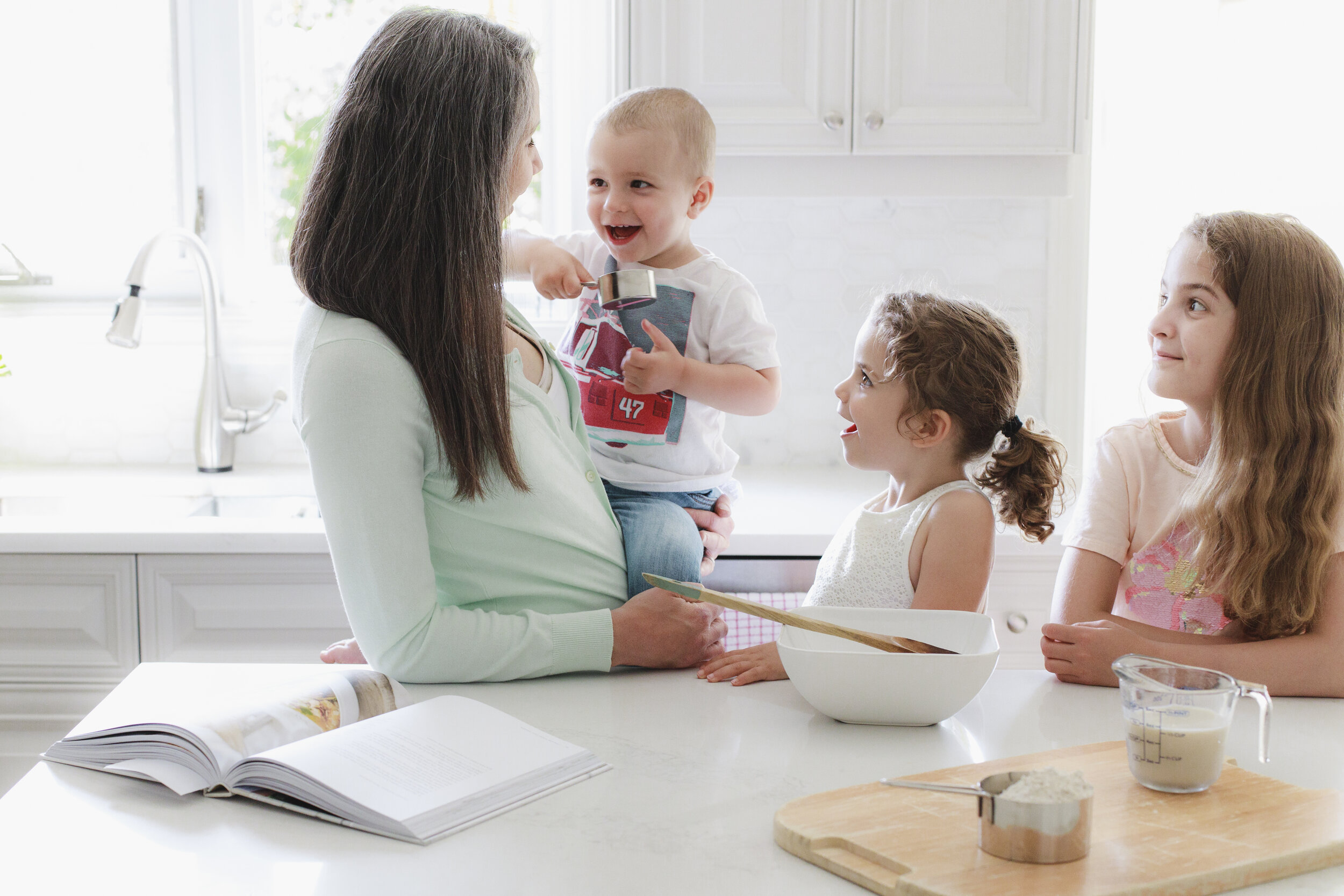Food Literacy
What is “Food Literacy”?
Food literacy is a term used to describe knowledge around food, including nutrition and food preparation, food handling and storing. Being literate about food helps people enjoy better health and facilitates the daily preparation of meals and snacks that are tasty and nutritious. Food literacy includes knowing ….
how food is grown
nutrition basics about food
how to plan meals and snacks
how to buy, prepare and store food and
how to make daily decisions about food
Food literacy is being confident to prepare a variety of foods and making healthy food choices on a regular basis. Developing knowledge and skills around food and nutrition helps kids and families develop more confidence in the kitchen and in making food decisions, which often leads to making healthier food choices.
Literacy around food and nutrition have been going to the wayside due to the busy lives parents lead and the many directions parents are being pulled. In addition, many parents may not have had the opportunity to learn much about food preparation and nutrition in their own homes growing up. Cooking (and eating together) doesn’t happen as much as it used to. Between limited time and ability to pass on cooking skills at home and schools cutting out home economics classes in the curriculum, there is little to no nutrition or food education at home or at school. As a result, confidence in cooking skills and knowledge about food and nutrition is limited, leaving many families feeling lost when it comes to knowing how to prepare healthy meals and meet nutritional requirements.
So what can you do to promote food literacy in your home?
Promoting food literacy doesn’t have to be a formal activity that you prepare for each week. Getting everyone involved in making more decisions about family meals, contributing to the meal plan and grocery list and including everyone in some food prep along the way will help promote food literacy. This helps to set kids up for healthy eating now and later in life.
Taking advantage of opportunities to show kids where food comes from can also contribute to food literacy. Growing a garden each summer, even with just a few vegetables or even herbs could be a good place to start. Check out local farms for pick your own produce and meet local farmers at a farmers market.
All of these activities and ideas can help improve food literacy in your home and help your kids become more confident when it comes to making daily food decisions and when preparing food. All skills they will need as they grow!
Check out the recipe section on this site. There are a number of recipes that are easy enough to prepare with little ones and get them started in the kitchen. Also, check out my article on eating at home more often, it has some great ideas for helping you to get your family back in the kitchen cooking family meals!

